That's how my data looks like:
structure(list(`Name1` = c("Mark",
NA, NA, NA, NA, NA), Name2 = c(NA, "Stefan",
"Clara", NA, NA, NA), `Name3` = c(NA, NA,
NA, "Max", "Pete", "Gabe"), `Name4` = c("Titan",
NA_character_, NA_character_, NA_character_, NA_character_, NA_character_
), `Name5` = c(NA_character_, NA_character_,
NA_character_, NA_character_, "Tom", NA_character_),
Name6 = c(NA_character_, "Narq", NA_character_,
NA_character_, "Seba", NA_character_), Name7 = c(NA_character_,
NA_character_, "Greg", NA_character_, NA_character_,
NA_character_), Name8 = c(NA_character_,
NA_character_, NA_character_, "Terry", NA_character_,
NA_character_), Name9 = c(NA_character_,
NA_character_, NA_character_, NA_character_, "Coaty",
NA_character_), Name10 = c(NA_character_,
NA_character_, "Meg", NA_character_, NA_character_,
NA_character_)), .Names = c("Name1",
"Name2", "Name3",
"Name4", "Name5", "Name6",
"Name7", "Name8",
"Name9", "Name10"
), row.names = c("1", "2", "3", "4", "5", "6"), class = "data.frame")
So I would like to remove all NAs from this data frame even it will create a data frame with different columns length.
Desired output:
Name1 Name2 Name3 Name4 Name5 Name6 Name7 Name8 Name9 Name10
1 Mark Stefan Max Titan Tom Narq Greg Terry Coaty Meg
2 Clara Pete Seba
3 Gabe

 ]
]